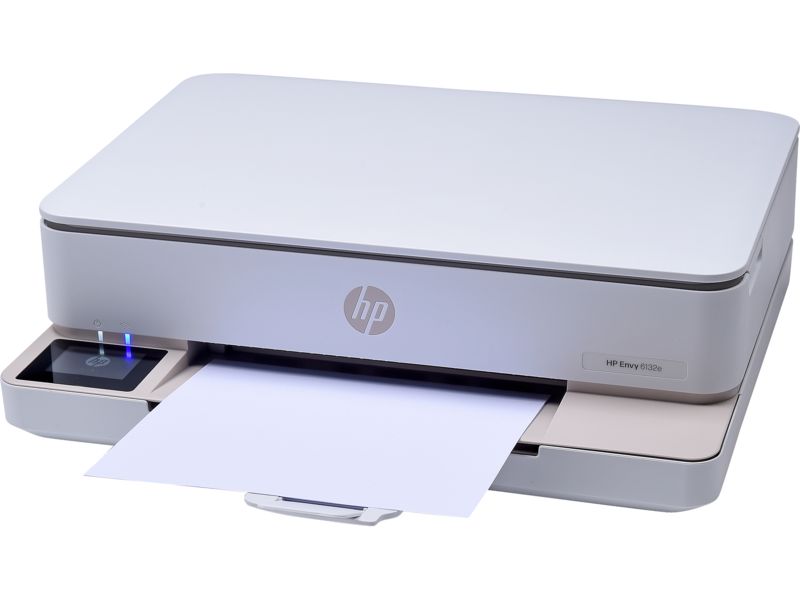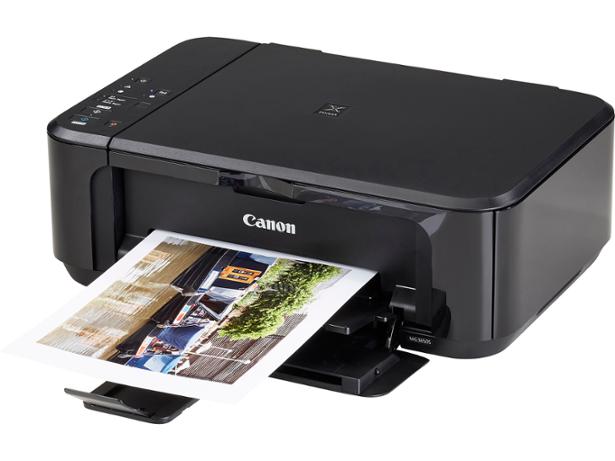By clicking a retailer link you consent to third-party cookies that track your onward journey. This enables W? to receive an affiliate commission if you make a purchase, which supports our mission to be the UK's consumer champion.
Lowest available price
By clicking a retailer link you consent to third-party cookies that track your onward journey. This enables W? to receive an affiliate commission if you make a purchase, which supports our mission to be the UK's consumer champion.
Sign up to unlock the full expert review
The Canon Pixma TS3751i is a colour all-in-one inkjet printer that has a built-in scanner, copier and support for wi-fi. It also happens to be relatively cheap. But how expensive is it to run, what are ink costs like and how well does it print, copy and scan? Find out whether the Canon Pixma TS3751i is the right colour all-in-one inkjet printer for you in our full review.
pros

cons

What's included?
- What is it?
- How much does it cost to print?
- How well does it print?
- How well does it scan and copy?
- How secure is it?
- Is there anything I should know?
- Should I buy it?
Digital £8.99 per month, cancel any time.
| Print quality and speed | |
|---|---|
| Printing costs |
- Nov 2025Last checked by Which?
- Dec 2024First reviewed by Which?
- Sept 2024Released




